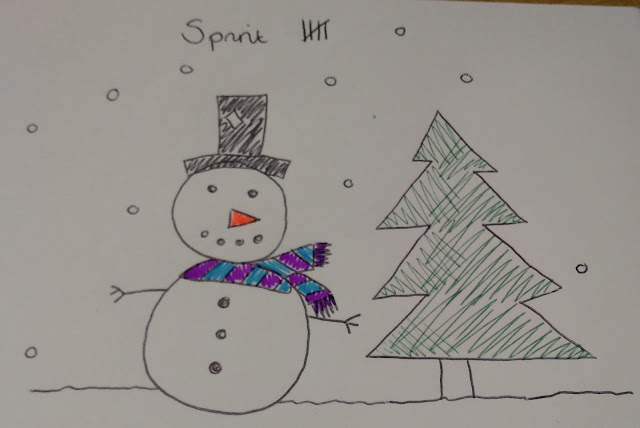But in reality, it doesn't quite work like this. Children are entitled to attend up to 5 sessions, which are between 2 and 2.5 hours a day, depending on the nursery. They must be taken on separate days.
The issue I am trying to raise, is that the funding for these sessions has not been put up for many years and now falls well below the actual nursery costs. When I first took issue over this, I used the Family Information Service database to work out the average nursery cost in Newport, and found that the there was not a single nursery that cost the same or less than the funding level.
While it could be argued that if you sent your child to nursery at a school, then the free places would genuinely be free - this is not possible for working parents, as school nurseries only provide the free sessions, and this would mean collecting your child at the end of that session, or paying for wrap around care to get them delivered to another childcare location.
Here is the maths...
| Newport City Council Funding | £6.83 | per session | £34.15 | Per week for 38 weeks | If 10 hours is funded, the day rate would be | £34.15 | In a year | £1,400.15 | ||||
| At Buzzy Bees, a session is 2 hours 15 | £8.55 | per session | £25.65 | Per week for 38 weeks | The actual daily rate is | £38 | ||||||
| To fund 10 hours at Buzzy Bees, the funding is £3.85 short per week | ||||||||||||
| To fund the 2 hour 15 session would be | £8.60 | short per week | ||||||||||
| If a child arrives at 12:30 and is picked up at 2:45, then the parents pay nothing at all, and the nursery is paid £6.83 for the session by NCC | ||||||||||||
| If the child stays for the rest of the day, the parent gets £6.83 knocked off the bill, so the day costs £31.19 | ||||||||||||
| This means in reality, the child gets 9 hours of free childcare, below the 10 hour minimum | ||||||||||||
| However,
I believe that people who work, like myself had no choice but to use the
nursery for the full day. There is very very little chance you could practically work in the 2 hours while you child is at nursery. |
||||||||||||
| The sessions must be taken on separate days, so you can't have a whole day. | ||||||||||||
| Therefore this free funding benefits non-working parents the most. | ||||||||||||
| Additionally,
I believe that this "free" funding is actually putting up the costs
for paying parents. For each child that goes home immediately after their free session, there is a weekly shortfall of £8.60 at my nursery |
||||||||||||
| This
may not seem much, but let's say at our nursery there are 30 children and 20
go home after their sessions, the nursery is £172 short. That's like having 4.5 children at the nursery not paying their fees |
||||||||||||
| Nurseries have costs, they must pay their teams, so let's say this cost is spread between the children who stay all day | ||||||||||||
| So
my child who started nursery at 9 months old, and will be eligible for rising
3 funding when he is 3 years 3 months old, will be subsidising other children for 2.5 years |
||||||||||||
| and then in his final year, he will be eligible for funding, but will still stay all day, so will continue to subsidise other children, so | ||||||||||||
| In his final year, Oscar will get | £1,400.15 | in government funding | ||||||||||
| But over the 3.5 years he will have subsidised other children to a tune of | £2287.6 | |||||||||||
| Therefore the government funding will cost me | -£887.45 | over the 3.5 years he will be at nursery | ||||||||||
| Or, If the nursery is able to silently absorb the underfunding without going bust, at very best, my little boy will get | 368.465 | Hours of free childcare, when this should be a MINIMUM of 380 | ||||||||||











